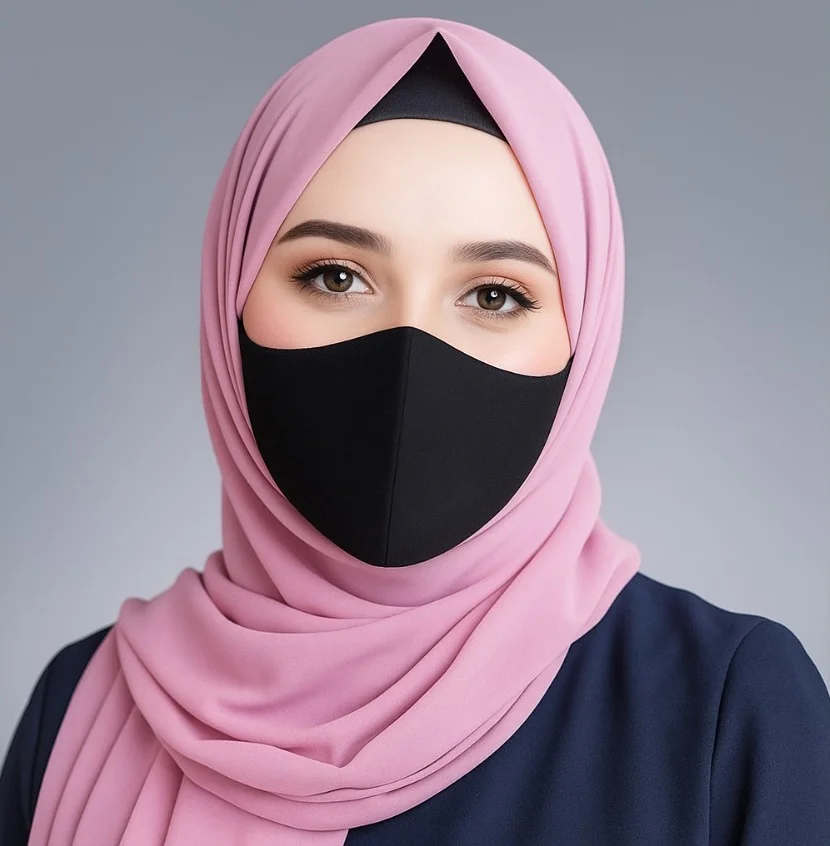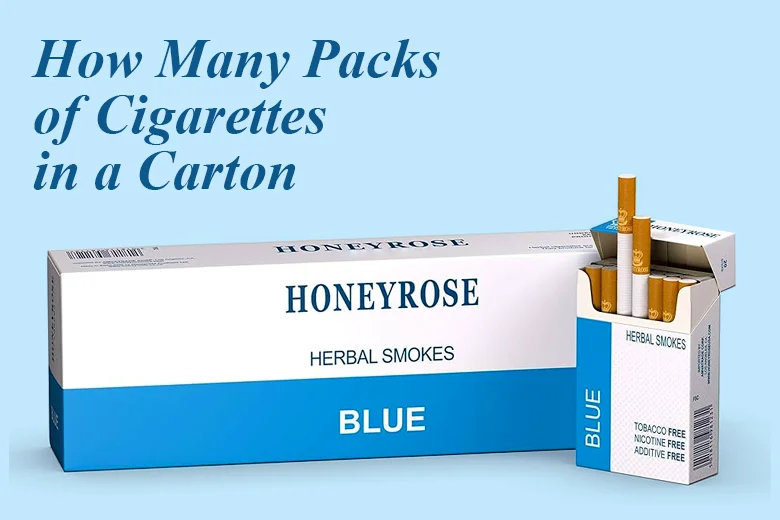Matte aqueous coating is a popular finish used in printing and packaging. It gives printed materials a smooth, non-glossy look while protecting the surface from damage.
This coating is water-based, eco-friendly, and ideal for brands that want a soft, modern appearance instead of a shiny finish.
What Is Aqueous Coating?
Aqueous coating is a clear, water-based liquid applied to printed materials. It protects against scratches, fingerprints, and wear during handling or shipping.
It’s widely used because it dries fast, is safe for the environment, and gives a clean, professional finish.
There are different types of aqueous coatings:
-
Matte: soft and low shine
-
Gloss: bright and reflective
-
Satin: balanced look between matte and gloss
-
Soft-touch: smooth, velvety texture
What is Matte Aqueous Coating?
A matte finish has a flat, non-reflective look. It reduces glare and gives printed items a calm, elegant feel. Designs printed with matte coating appear softer and more natural. This finish is often used when brands want a modern or minimal style. Compared to gloss coating, matte coatings don’t make colors pop as much but offer a more refined and premium appearance.
How Matte Aqueous Coating Is Applied
The coating is applied right after the printing process, usually on a press.
Here’s how it works:
-
The printer applies the matte aqueous coating over the printed sheet.
-
The coated sheet goes through a drying unit where warm air or infrared heat dries it quickly.
-
Once dry, the paper is cut or folded as needed.
The process is fast and doesn’t add much extra time or cost, which is why it’s preferred in large-scale printing.
Benefits of Matte Aqueous Coating
Matte aqueous coating offers many benefits:
-
Professional look: It gives a soft, non-glossy finish that looks high-quality.
-
Protection: Helps prevent scuffs, smudges, and scratches.
-
Eco-friendly: Water-based and contains low levels of VOCs (volatile organic compounds).
-
Fast drying: Reduces production time compared to solvent-based coatings.
-
Cost-effective: Affordable and efficient for both small and large print runs.
Matte Aqueous vs Gloss Aqueous Coating
Both matte and gloss coatings have their own uses. Here’s a quick comparison:
| Feature | Matte Aqueous Coating | Gloss Aqueous Coating |
|---|---|---|
| Appearance | Soft, non-shiny | Bright, reflective |
| Texture | Smooth and flat | Slick and glossy |
| Color effect | Softer tones | More vibrant colors |
| Best for | Minimal, modern designs | Bold, colorful designs |
| Fingerprint resistance | Better | Slightly lower |
If you want a clean, subtle look, go with matte. If you want your colors to pop, gloss is better.
Common Uses of Matte Aqueous Coating
You’ll find matte aqueous coating used in many printed items, such as:
-
Product packaging: Boxes, cartons, and custom labels.
-
Marketing materials: Brochures, flyers, and business cards.
-
Books and magazines: Covers that need a soft, premium look.
It’s often chosen by luxury brands and eco-conscious businesses that want their materials to feel both high-end and sustainable.
Environmental Benefits
Aqueous coatings are known for being safe and eco-friendly. They’re water-based, which means they release fewer harmful chemicals compared to UV or solvent-based coatings. They are also recyclable and suitable for food packaging, as they don’t use toxic materials. This makes matte aqueous coating a good choice for companies focused on sustainability.
When to Use Matte Aqueous Coating
Use matte aqueous coating when you want:
-
A soft, non-glossy look that feels calm and modern.
-
Premium or luxury packaging designs.
-
Minimalist or pastel-color prints that don’t need high shine.
-
Readable text without glare under light.
-
Eco-friendly printing with low VOCs and recyclable materials.
-
Marketing materials that look clean and professional (brochures, catalogs, business cards).
Limitations of Matte Aqueous Coating
While it has many advantages, matte aqueous coating isn’t perfect.
Here are a few limitations:
-
It can make colors look slightly duller compared to gloss coatings.
-
Scratches or marks may appear more visible on dark backgrounds.
-
It offers some protection against moisture, but it’s not waterproof.
For projects that need water resistance or extra shine, other coatings like UV or matte lamination might work better.
Tips for Choosing the Right Coating
When choosing between matte, gloss, or other coatings, consider:
-
Design style: Matte works best for soft, modern designs; gloss suits bright and colorful ones.
-
Purpose: Use matte for luxury packaging or subtle marketing; gloss for attention-grabbing prints.
-
Budget: Matte aqueous coating gives premium results at a lower cost than many alternatives.
If unsure, ask your printer for coating samples. Seeing them in person helps you make the right choice.
Final Thoughts
Matte aqueous coating combines beauty, durability, and sustainability. It’s a smart choice for brands that value a refined, modern look without harming the environment. Whether used for packaging or marketing materials, this coating delivers quality results that feel professional and natural.

 Aminah Zaheer
Aminah Zaheer
















.webp)



















